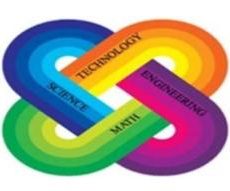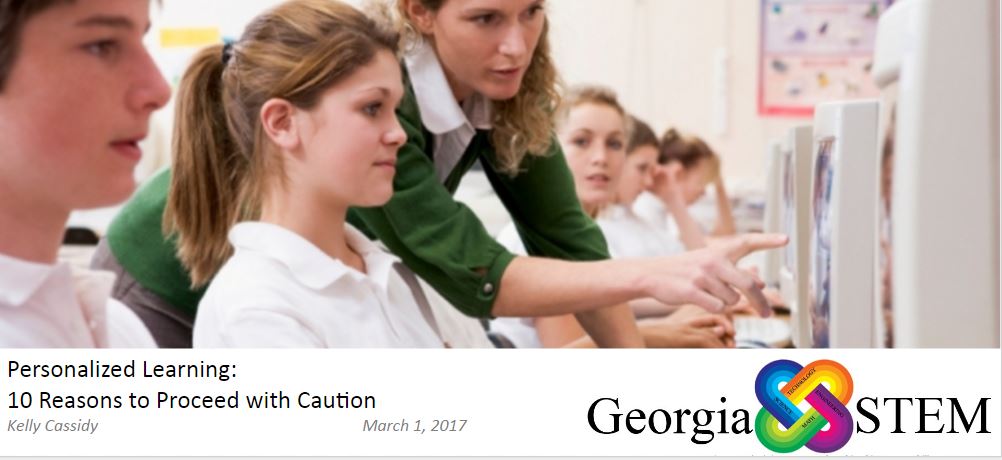According to Carol Ann Tomlinson, Educational Leaders need to proceed with caution when attempting to implement a personalized learning plan in their districts and schools. In the March 2017 issue of Educational Leadership, Tomlinson makes a call to leaders to Celebrate: But not too fast! Henry County in Georgia, a model system in Georgia for personalized learning, would also caution leaders to make sure their approach is viable and realistic within their individual school system. Pulling from these and other experts who are successfully implementing Personalized Learning – here are the:
Top 10 reasons to proceed with caution with Personalized Learning”
#1: Start by Asking WHY?
 The answer cannot be because it is trendy or experts are recommending the process. You must focus on a more “personalized” approach and think about your own district. Why does your district want to personalize learning and why now? What have you seen that makes you excited and inspired by the idea? Can you visualize the impacts the idea will have on students and their futures? If you can’t answer these questions or you need more information-a huge CAUTION flag should arise. Go back and start with the WHY….
The answer cannot be because it is trendy or experts are recommending the process. You must focus on a more “personalized” approach and think about your own district. Why does your district want to personalize learning and why now? What have you seen that makes you excited and inspired by the idea? Can you visualize the impacts the idea will have on students and their futures? If you can’t answer these questions or you need more information-a huge CAUTION flag should arise. Go back and start with the WHY….
#2: Include all stakeholders
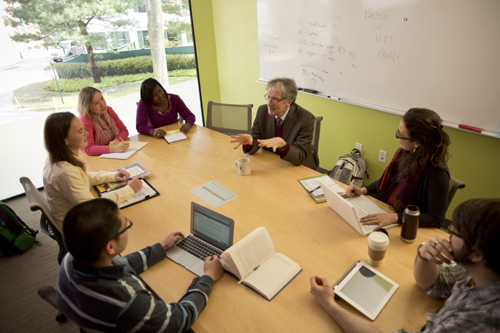 Carol Ann Tomlinson discusses the importance of garnering input from all stakeholders and knowing exactly what supports are needed to make the plan successful in her article in the March 2017 issue of Educational Leadership. Asking questions such as: What tools will teachers need? Who will support them as the new paradigm and old paradigms merge? How will parents and students react and how will the school system respond when there are struggles? This sentiment was echoed by Henry County. Their initial personalized learning initiative fell flat. When revamping the idea, they realized that the County’s original personalized-learning plan was crafted by a relatively small group of people. As they designed a new approach, Henry County officials say they reached out to a much wider group of stakeholders, including parents, teachers, and school leaders. They asked some of the same questions that Tomlinson is now touting to Educational leaders.
Carol Ann Tomlinson discusses the importance of garnering input from all stakeholders and knowing exactly what supports are needed to make the plan successful in her article in the March 2017 issue of Educational Leadership. Asking questions such as: What tools will teachers need? Who will support them as the new paradigm and old paradigms merge? How will parents and students react and how will the school system respond when there are struggles? This sentiment was echoed by Henry County. Their initial personalized learning initiative fell flat. When revamping the idea, they realized that the County’s original personalized-learning plan was crafted by a relatively small group of people. As they designed a new approach, Henry County officials say they reached out to a much wider group of stakeholders, including parents, teachers, and school leaders. They asked some of the same questions that Tomlinson is now touting to Educational leaders.
# 3: Do your research and make sure that it is unbiased and reliable.
 McGraw-Hill Education Research found that 85% of students saw a “moderate or major improvement” in their grades after using adaptive technologies according to their research published in March 2016. Pretty impressive- almost too impressive. This should send up a red flag. It isn’t that the research is invalid or even untrue, it is the fact that McGraw-Hill has a high vested interest in their product being successful. Looking to more independent sources, such as peer-reviewed journals or dissertations, will allow for broader and less slanted view of the industry. Don’t get caught up in the hype from the big companies (who already have millions invested) and miss the underlying statistics. Start with Contemporary Issues in Technology and Teacher Education (CITE) or Educational Technology Research and Development (ETR&D). For dissertations, check out Kennesaw State University’s Digital Commons. KSU has the leading doctoral program in the state of Georgia in Instructional Technology.
McGraw-Hill Education Research found that 85% of students saw a “moderate or major improvement” in their grades after using adaptive technologies according to their research published in March 2016. Pretty impressive- almost too impressive. This should send up a red flag. It isn’t that the research is invalid or even untrue, it is the fact that McGraw-Hill has a high vested interest in their product being successful. Looking to more independent sources, such as peer-reviewed journals or dissertations, will allow for broader and less slanted view of the industry. Don’t get caught up in the hype from the big companies (who already have millions invested) and miss the underlying statistics. Start with Contemporary Issues in Technology and Teacher Education (CITE) or Educational Technology Research and Development (ETR&D). For dissertations, check out Kennesaw State University’s Digital Commons. KSU has the leading doctoral program in the state of Georgia in Instructional Technology.
# 4: Get Bang for your Buck

Start where you will get the most immediate and successful impact. Research by the Gates Foundation, in cooperation with RAND, tells us that the area of focus for the most significant overall effect lies in Elementary Math and Reading. (Pane, 2015). With this and other research echoing this opportunity in math especially- it would be ill-advised to begin the process with another less-effective area. Expansion of the innovation is always the goal; however, start with a win and get the most bang for your buck!
# 5: Don’t focus too much on technology.
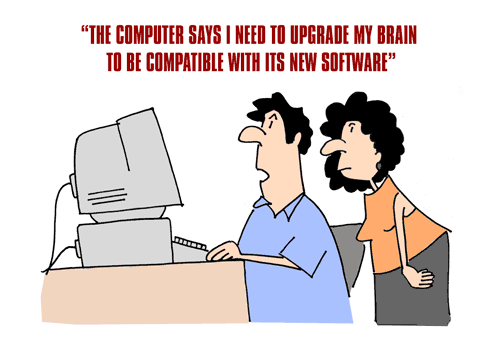 Henry County admits that their biggest adjustments came upon realizing “that tech tools and devices are designed to serve deeper goals, such as promoting the autonomy of individual schools and giving individual students more power to make decisions”. (Ed Week, Oct 2016) What school systems want to avoid is using valuable resources to buy fancy and expensive technology and thinking that it will bridge all of their student achievement gaps.
Henry County admits that their biggest adjustments came upon realizing “that tech tools and devices are designed to serve deeper goals, such as promoting the autonomy of individual schools and giving individual students more power to make decisions”. (Ed Week, Oct 2016) What school systems want to avoid is using valuable resources to buy fancy and expensive technology and thinking that it will bridge all of their student achievement gaps.
#6: Never underestimate the value and importance of the teacher.
 Schools intuitively know this and model this but sometimes it isn’t a transparent topic of discussion. Rarely do you see a first-year teacher as the instructor for AP Calculus or AP Economics, although I am sure it does happen occasionally. (Bless those brave souls) Ideally, those subjects are taught by educators who have years of experience with breaking down complex ideas and concepts and leading students through that process. This doesn’t discredit new teachers or their skills, talents, and enthusiasm. It is just a testament to how complicated the education profession is and the complex skill set that needs to be built. So why is this important? Basically- don’t try to replace your higher rigor subject courses with virtual classes. Research shows that these students do not have as rich of an experience and the available content is not always of the caliber of other more ubiquitous courses, such as Algebra, Biology or 3rd grade Math. So if you are looking at virtual courses as a sub-set of your personalization model, stick with lower rigor courses.
Schools intuitively know this and model this but sometimes it isn’t a transparent topic of discussion. Rarely do you see a first-year teacher as the instructor for AP Calculus or AP Economics, although I am sure it does happen occasionally. (Bless those brave souls) Ideally, those subjects are taught by educators who have years of experience with breaking down complex ideas and concepts and leading students through that process. This doesn’t discredit new teachers or their skills, talents, and enthusiasm. It is just a testament to how complicated the education profession is and the complex skill set that needs to be built. So why is this important? Basically- don’t try to replace your higher rigor subject courses with virtual classes. Research shows that these students do not have as rich of an experience and the available content is not always of the caliber of other more ubiquitous courses, such as Algebra, Biology or 3rd grade Math. So if you are looking at virtual courses as a sub-set of your personalization model, stick with lower rigor courses.
#7: Consider a WIN or an ER
 Henry County schools call it their WIN period or “What I Need” period. At Madison County High School, they use the term ER “Enrichment and Remediation”. The idea is that you schedule a block of time and use it for meeting kids where they are and facilitate an individual learning process. Students can work on projects, complete work to supplement their learning in class, remediate on missed concepts or even get enrichment to go beyond grade level standards. This results in a WIN for the entire system because this period is very flexible. Even if you don’t know what Personalized Learning is going to look like in the district (yet), starting with students going to the ER once a week, may be a good place to start.
Henry County schools call it their WIN period or “What I Need” period. At Madison County High School, they use the term ER “Enrichment and Remediation”. The idea is that you schedule a block of time and use it for meeting kids where they are and facilitate an individual learning process. Students can work on projects, complete work to supplement their learning in class, remediate on missed concepts or even get enrichment to go beyond grade level standards. This results in a WIN for the entire system because this period is very flexible. Even if you don’t know what Personalized Learning is going to look like in the district (yet), starting with students going to the ER once a week, may be a good place to start.
#8: Show me the money
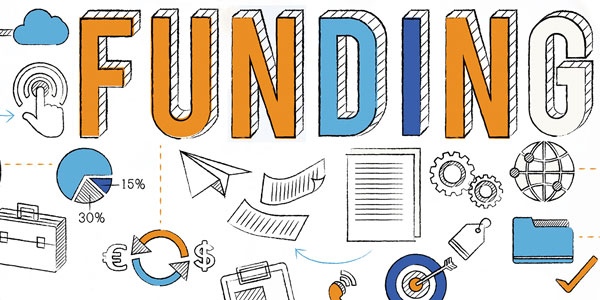 Consider funding. Make sure that your funds are not just viable to get started but sustain the innovation. Always plan that it will be successful and look ahead to how the district will expand and sustain any successes. “Whether personalized learning revolutionizes learning or becomes another educational fad, the money and attention paid to it by Zuckerberg and Chan ensures that it will be a major topic in the coming years”(Edwards, 2015). Grant opportunities, partnerships with local or regional technology companies and other initiatives will help districts to not burn out just as the race is getting started.
Consider funding. Make sure that your funds are not just viable to get started but sustain the innovation. Always plan that it will be successful and look ahead to how the district will expand and sustain any successes. “Whether personalized learning revolutionizes learning or becomes another educational fad, the money and attention paid to it by Zuckerberg and Chan ensures that it will be a major topic in the coming years”(Edwards, 2015). Grant opportunities, partnerships with local or regional technology companies and other initiatives will help districts to not burn out just as the race is getting started.
#9: What are your pillars?
 What are the major principals or pillars that are your supporting structure? Limit it to 4-5 and make sure that all of them have support from the stakeholders. Henry County went with 5 pillars. It all depends on your district. I would encourage you to look at these 3 when making some decisions:
What are the major principals or pillars that are your supporting structure? Limit it to 4-5 and make sure that all of them have support from the stakeholders. Henry County went with 5 pillars. It all depends on your district. I would encourage you to look at these 3 when making some decisions:
1. Competency – Based Education – check out Clayton Christensen. Everything he has written is good but Disrupting Class- How disruptive innovation will change how the world learns is his latest.
2. Graduation Pathways or Personalized Learning Plans – New Jersey has done some great work with this (with $100 million in support from Mark Zuckerberg). Go here to check it out!
4. Blended Learning– So many great resources. I follow Blended Learning Universe (@blu_) on twitter and find their ideas both helpful and realistic. They even have a framework to help you get started.
#10- Don’t be afraid to show your scars!
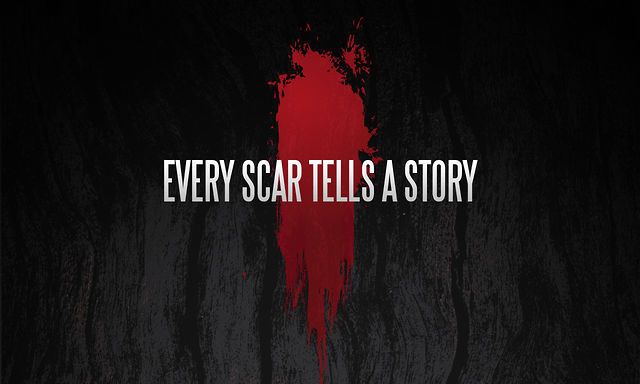 As Tim Ferriss would say- you can’t be afraid to show your scars. Talk to experts when you hit obstacles and be transparent about the goals, the successes, and the failures. We learn more from our failures and scars sometimes than by our successes! Also- If you always remember why you are doing this- it helps- it helps a whole lot!
As Tim Ferriss would say- you can’t be afraid to show your scars. Talk to experts when you hit obstacles and be transparent about the goals, the successes, and the failures. We learn more from our failures and scars sometimes than by our successes! Also- If you always remember why you are doing this- it helps- it helps a whole lot!
Let me know if you have thoughts to add. Did I leave one of the Cautions off the list that you want to share? I would love to know your thoughts. Post in the comments below or look me up on twitter @jklcassidy

Want to Read More- Check out:
Carolan, J. (2016). Personalization isn’t about isolation. Education Week, 35(22), 25–27.
Cavanagh, S. (2017). Students Pinpoint Their Academic Needs in Georgia District. Education Week. http://www.edweek.org/ew/articles/2016/10/19/students-pinpoint-their-academic-needs-in-georgia.html
Edwards, H. (2015). Why Mark Zuckerberg wants to spend on personalized learning. Time. Retrieved from http://time.com/4132619/mark-zuckerberg-personalized-learning/
Glossary of Education Reform. (2015). Personalized learning. Retrieved from http://edglossary.org/personalized-learning/
Pane, John F., Elizabeth D. Steiner, Matthew Baird and Laura S. Hamilton. Continued Progress: Promising Evidence on Personalized Learning. Santa Monica, CA: RAND Corporation, 2015. http://www.rand.org/pubs/research_reports/RR1365.html.
Sinek, S. (2009). Start with why. New York: Portfolio/Penguin.
Tomlinson, C. A. (2017). Educational Leadership: Getting Personalization Right: Let’s Celebrate Personalization: But Not Too Fast. Ascd.org. http://www.ascd.org/publications/educational-leadership/mar17/vol74/num06/Let’s-Celebrate-Personalization@-But-Not-Too-Fast.aspx
